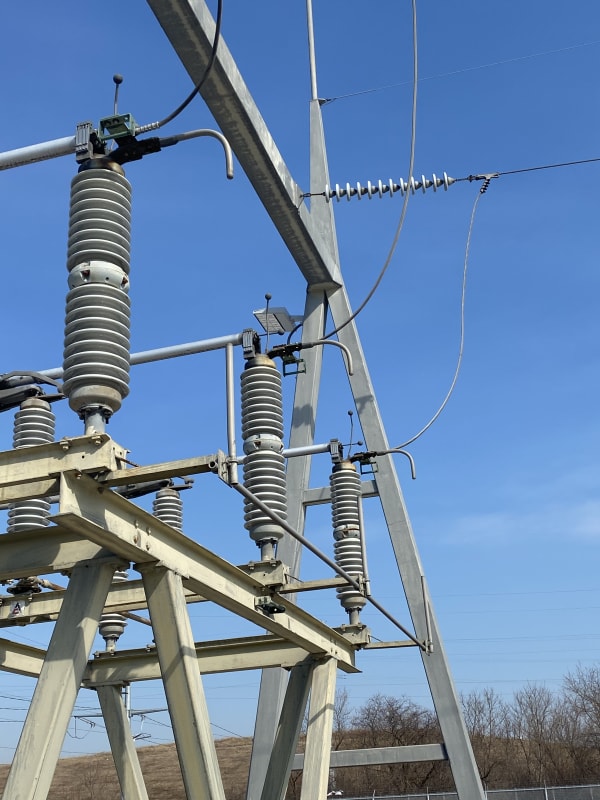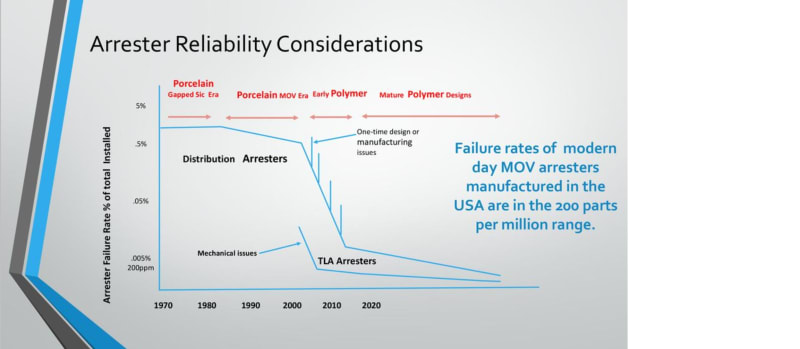Do direct lightning strikes on power lines damage surge arrestors? For example, starting at 0:16, lightning strikes a distribution circuit causing what appears to be a flash over down the line:
Was the surge to great for the arrestors to clamp the voltage down? Do such lightning strikes damage windings in transformers?
Was the surge to great for the arrestors to clamp the voltage down? Do such lightning strikes damage windings in transformers?


